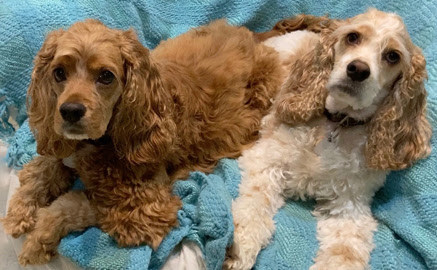
First off you must know that I did not learn these techniques on my own; I had help! I learned from looking at tutorials from other great artists such as Jeanne Streiff and Michelle Zindorf. Check out their blogs for some really cool tutorials too.
I thought I would make a tutorial of my own, showing what I have learned with Copics. I had to use two posts because of all the details I am showing you with photos.
I have had Copics since the Spring and I am just now getting into a comfort zone with them. I found the learning curve a lot steeper with them than it was with Prismacolor Pencils or even watercolors. Strange how various mediums can be so extremely different when it comes to applying them!
Anyhoo, this first photo shows the best ink and paper to use with Copics that I have tried; The Magna drawing paper by Canson, which is really nice and thick, thicker even than cardstock! And the Tsukeneko Tuxedo Black ink. I stamped my Holly The Winter Fairy on the Magna paper. This ink is great; never runs, and cleans off the stamp with just water! The paper is just the right combination of thickness, whiteness, absorbency and smoothness. If you color the right way, you won't get any lines showing, unless you are doing a large area and you can't cover the paper fast enough, leaving the ink to dry too long. I'll explain more later as I go on.

In this photo you can see that I have stamped the fairy again on a post-it-note and cut it out to use as a mask (pretty sure Michelle got us all using post-it-notes for masks; so clever with the built in sticky strip that keeps it from moving!) . After positioning it over my stamped image, I then took the yellow dye ink (Butterscotch by Adirondack) and began sponging it on until I had the whole thing covered.

As you can see, on top of the yellow, I sponged the Faded Jeans Distress ink making a gorgeous luscious green! You have to be careful, as with this Magna paper, the inks do not dry fast and so they are very mixable at this point. You don't want to over mix them, or you loose the depth of color. Keep it darkest at the outer edges for this effect.
After I finished sponging on the blue, I took the mask off and spread clear embossing powder over the inked areas, and heat set.

I have started to color in the image now. I started with her face and used E00 Skin White all over. Then on the cheeks, I used RV10 Pale Pink. Under the holly crown all along the top, I added E31 Brick Beige.
Now here is the trick I learned when applying one color overtop another; use small sweeping motions. Start by placing the pointed tip of the marker in the area you wish to be the darkest. Then sweep the marker tip towards the area you will want the lightest, gradually using less and less pressure til it's off the paper. It is a smooth, quick motion and takes eons longer to explain than to actually do. This makes the ink graduated and blended a bit better where the color you are laying on top meets the underlying color. You can practice this on a scrap if you wish, til you get the hang of it, and can see a blending taking place. Copics are very difficult to blend I find, and there are usually lines of demarkation between colors, but this technique helps reduce that problem.

I colored the holly starting with a light green YG11 Mignonette, then YG06 Yellowish Green, followed by a darker G14 Apple green. Use the sweeping technique to get a good blend, and use the darker colors where the holly overlaps, to show shadow and depth.
I colored the holly berries, her dress and boots with R35 Coral, my lightest red, and then gently swept R27 Cadmium red overtop this in the places where I wanted shadows.
When coloring larger areas, it is important to make tiny circular motions with the tip of the marker on the page. By doing that you reduce the possibility of lines showing up, unless the area is very large and you can't cover it quickly. If you get lines, it helps to go over it with a clear Copic blender pen. But of course, prevention is always the best idea. I find this Canson Magna drawing paper very good at hiding lines!
The rest of this tutorial is in the post below.














No comments:
Post a Comment